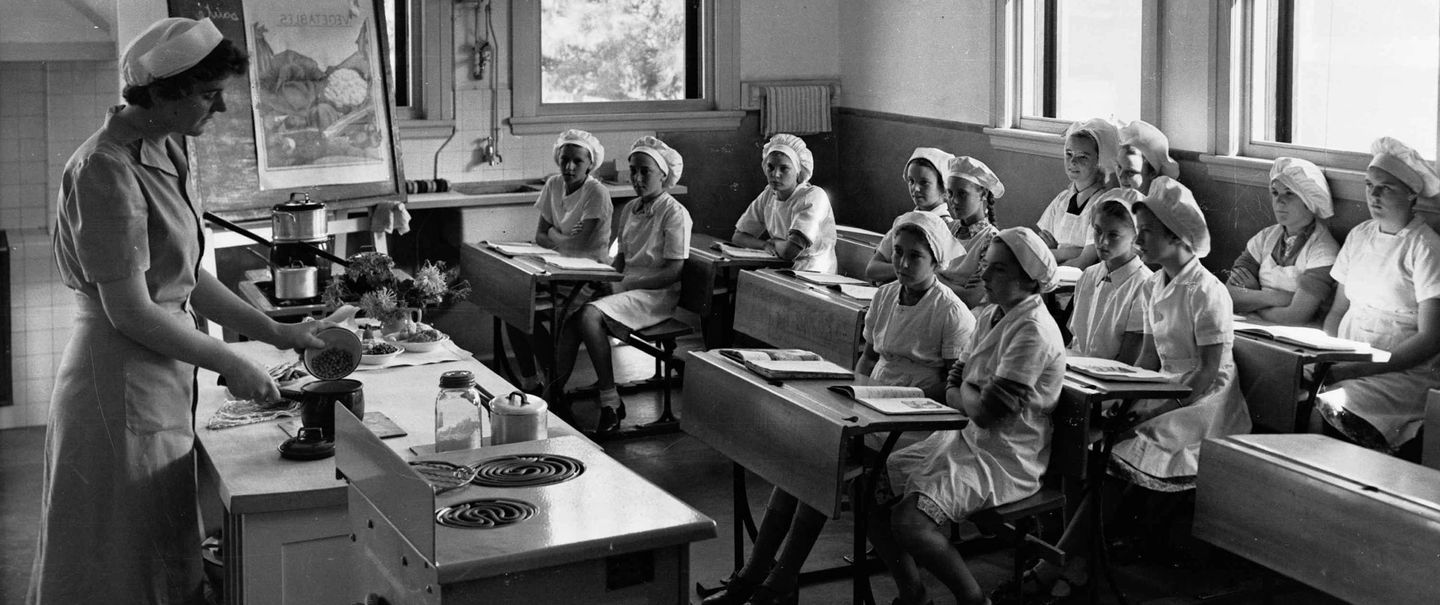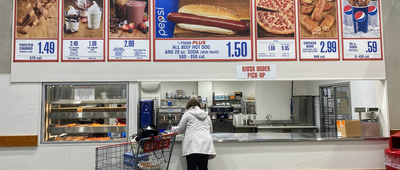Not So Old School
Most everyone agrees it's important to be educated, but what we're educated about is a subject up for constant debate. Accordingly, national, state, and local school curriculums have changed a great deal over the decades thanks to many influential factors, to the point that some former students might feel lost in the schoolyards of today. In this list, we'll catch you up with some of the courses and specific lessons that have been scrapped, why, and what, if anything, replaced them.
Related:50 'Facts' You Learned in School That Are Actually Lies































